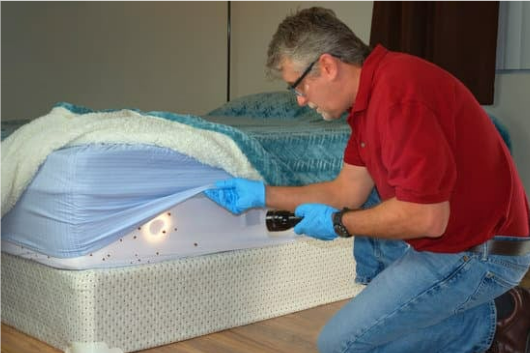They are are an amazing company that stands behind their product. Honest and 100% there for their customers.
I had tried almost all the deer repellent products on the market, and my look is over. I was skeptical, but Nature's Mace seems to have put my neighborhood deer's at bay. I used the granular as well as the liquid, and over the last 6 weeks, no more deer!
Moles returned,waiting to see if it truly works
Been using this product for a couple of years and it keeps rabbits from eating my flowers. Products from box stores didn’t work. Make sure to use as directed and re-apply after hard rains. It really makes a difference!
Nature's MACE Mole & Vole Repellent Pure Castor Oil







